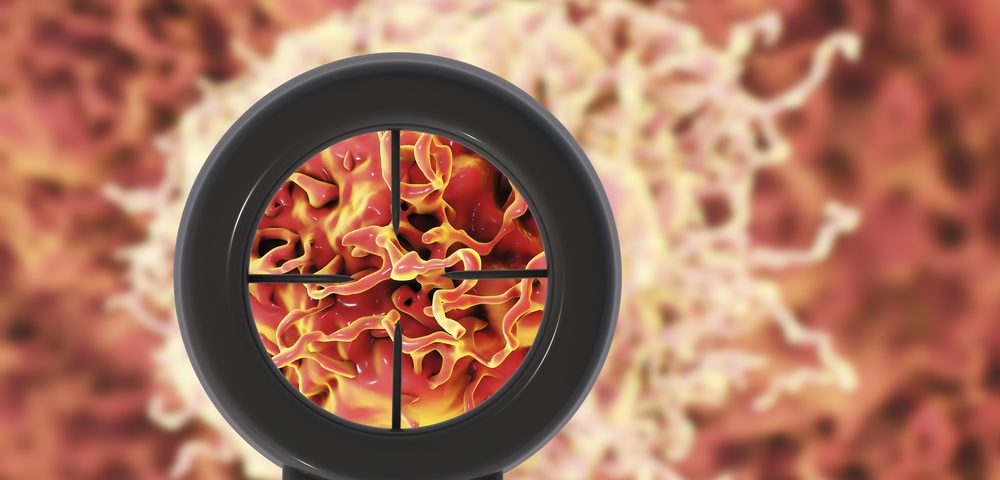A new-generation checkpoint inhibitor, OSE-172 (Effi-DEM), targeting myeloid derived suppressor cells (MDSCs) and tumor associated macrophages (TAMs), can effectively modify the tumor environment and lead to the intra-tumoral accumulation of cytotoxic immune cells, with significant tumor shrinkage.
These were the most recent results presented by Nicolas Poirier, chief scientific officer of OSE Immunotherapeutics, at the 2nd Annual Advances in Immuno-Oncology Congress held May 15-16 in London. The presentation was titled “Selective Anti-SIRPa: Next Generation Checkpoint Inhibitor Targeting Pro-Tumors And Suppressors Myeloid Cells.”
“Our myeloid checkpoint inhibitor OSE-172 demonstrates its strong impact on the Tumor Micro-Environment beyond myeloid cells, tackling cancer through a specific blockade of SIRPa,” Poirier said in a press release.
Myeloid derived suppressor cells (MDSCs) and tumor-associated macrophages (TAMs) are two types of immune cells found inside the vast majority of solid tumors.
Although both MDSCs and macrophages are involved in the regulation of immune responses and in tissue repair in healthy individuals, these cells can be co-opted by cancer cells to start exerting suppressor functions, preventing other immune cells from attacking the tumor.
In addition to their suppressor functions, TAMs can also participate in tumor growth and metastasis through several other mechanisms, including the formation of new blood vessels.
OSE-172 is an antibody that blocks these pro-tumor suppressor cells and restores their effector function, allowing the mobilization of T-cells to the tumor. This is achieved by blocking the SIRP-alpha receptor, which is strongly expressed by both MDSCs and TAMs.
SIRP-alpha binds to CD47, which is often overexpressed in tumors, but agents targeting CD47 have recently shown blood toxicity, like anemia or reduced levels of platelets. But Poirier has shown that OSE-172 does not bind to red blood cells or platelets, which is a hematological safety advantage.
The data revealed at the conference also showed that the antibody is very specific to SIRPa in TAMs and MDSCs and does not bind the SIRP-γ in T-cells, allowing for a strong T-cell proliferation.
This leads to a dramatic change in the tumor microenvironment, particularly when OSE-172 is combined with drugs that activate the T-cell response, like PD-L1 or 41BB inhibitors. In parallel to the transformation of suppressive cells into myeloid cells, the researchers saw an accumulation of effector immune cells inside the tumor, including natural killer and B-cells. They also saw a reduction in another population of suppressive cells, called regulatory T-cells.
Such straight modification in the tumor microenvironment led to a reduction in tumor growth in several solid tumor models.


